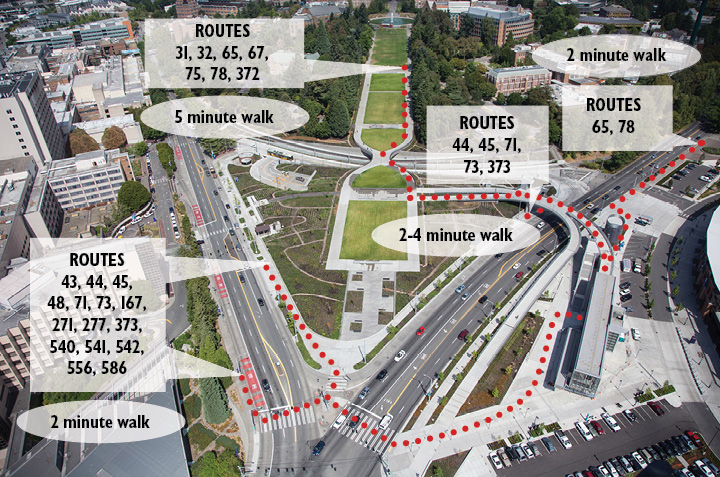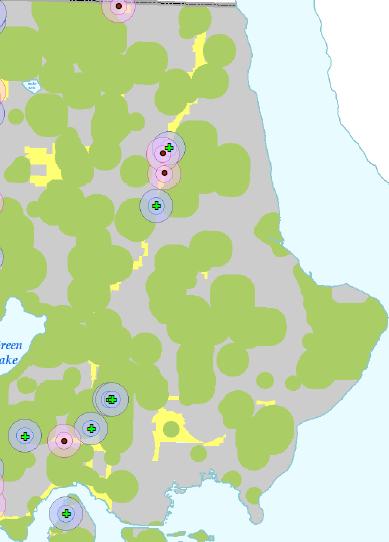Mandatory Housing Affordability (MHA), part of the Mayor’s Housing Affordability and Livability Agenda (HALA), was discussed during the May RBCA annual meeting and during this week’s RBCA board meeting. On Tuesday, June 21 at 9:30 a.m., the City Council will hold a public hearing about MHA for residential development.
Under the MHA-R program, new multi-family residential development would be required to provide affordable units (performance) or make an in-lieu payment. The MHA-R program will be implemented as increases in residential development capacity are approved. Among other things, the proposed ordinance would:
· Establish the Council’s intent as to implementation of the MHA-R program;
· Establish the applicability of and exemptions from the program;
· Establish requirements for units provided through performance; and
· Establish procedures for seeking modifications to program requirements.
Written Comments may be sent to: Councilmember Rob Johnson, Legislative Department, 600 Fourth Avenue, Floor 2, P.O. Box 34025, Seattle, WA 98124-4025 or by email to rob.johnson@seattle.gov. Written comments should be received by Monday, June 20 at 12 p.m.
Electronic copies of the proposed ordinance are available through the Planning, Land Use and Zoning Committee’s webpage, http://www.seattle.gov/council/committees/planning-land-use-and-zoning.

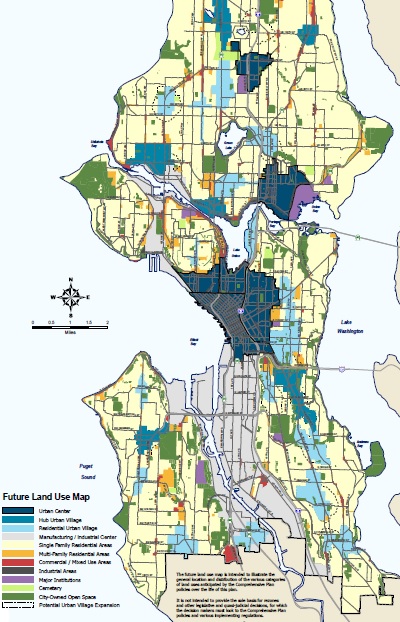
 If your block plans to participate in this year’s
If your block plans to participate in this year’s 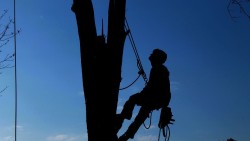
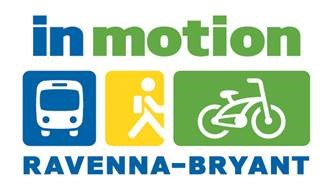 u may have received a packet in the mail or visited the
u may have received a packet in the mail or visited the 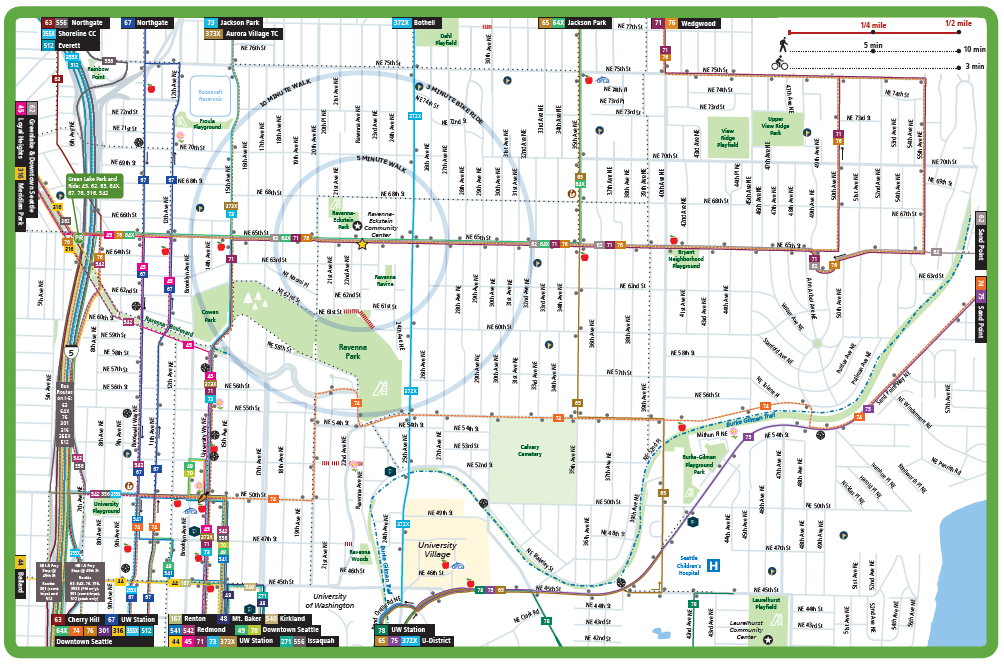
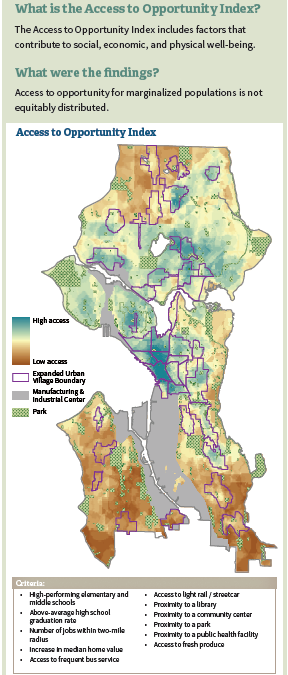
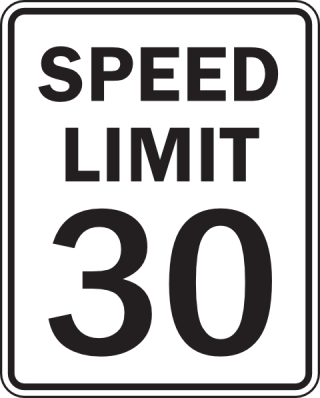 Speeding cars and difficulties crossing arterial streets are common mobility complaints from Ravenna-Bryant community members no matter if they are walking, biking, or driving a motor vehicle, according to preliminary results from an RBCA survey.
Speeding cars and difficulties crossing arterial streets are common mobility complaints from Ravenna-Bryant community members no matter if they are walking, biking, or driving a motor vehicle, according to preliminary results from an RBCA survey.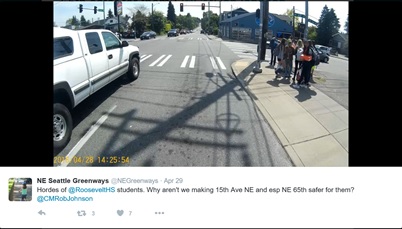
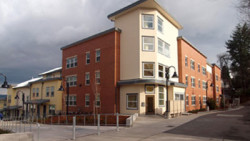
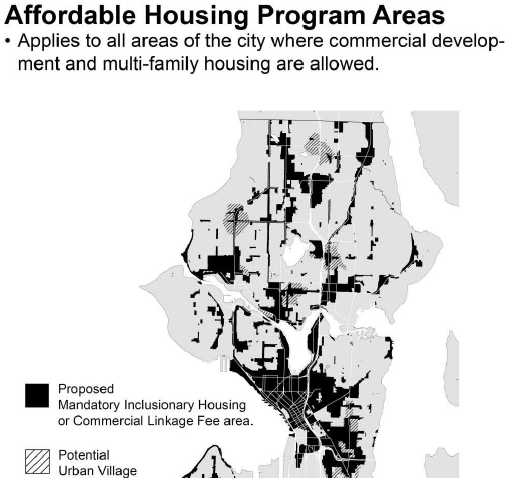
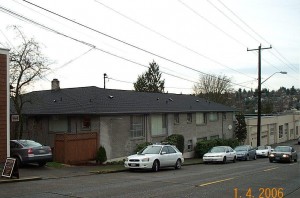
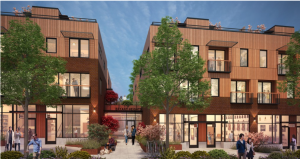
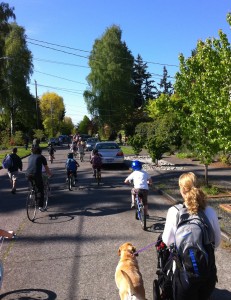 The Ravenna-Bryant Community Association (RBCA) board of directors recently adopted a vision to guide activities. The vision puts in words what we would like Ravenna-Bryant to be like in 10-20 years.
The Ravenna-Bryant Community Association (RBCA) board of directors recently adopted a vision to guide activities. The vision puts in words what we would like Ravenna-Bryant to be like in 10-20 years.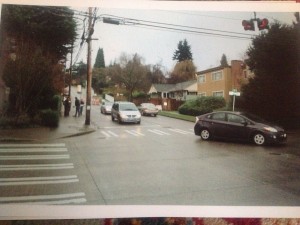
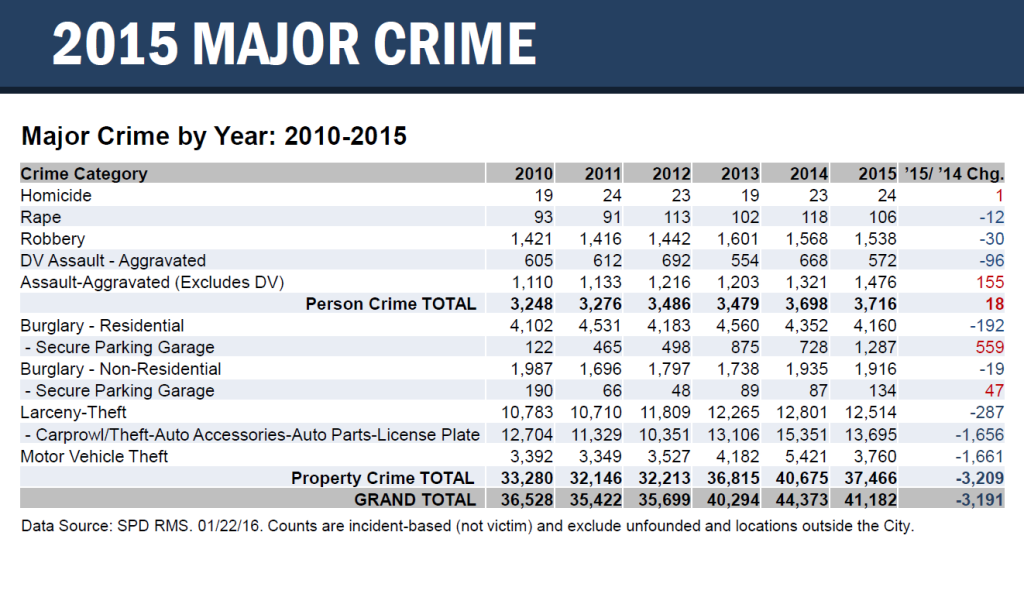 According to SPD, in the majority of these crimes, burglars did not need to force their way into the garage but piggybacked in through the pedestrian door or followed a car into the garage. In addition to prowling cars, bicycles and storage unites are also targeted.
According to SPD, in the majority of these crimes, burglars did not need to force their way into the garage but piggybacked in through the pedestrian door or followed a car into the garage. In addition to prowling cars, bicycles and storage unites are also targeted.